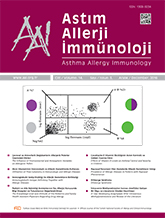


DiGeorge syndrome, which is caused by abnormal development and migration of neural crest cells, is the most common microdeletion syndrome. The phenotype is variable due to the existence of more than 35 genes in the typical deletion region. However, the genotypephenotype correlation is very weak in this patient group. Every patient with facial dysmorphism, delay in developmental milestones and macrothrombocytopenia should be questioned for the other specific findings of DGS, and tested if needed. All findings do not have to be together to make the diagnosis. It should be known that patients experience different problems at different stages of their lives, and genetic counseling should be provided to the patients and their families. Our aim in this review was to provide detailed information and raise awareness about DGS as it is common but rarely diagnosed, and presents many difficulties during follow-up.